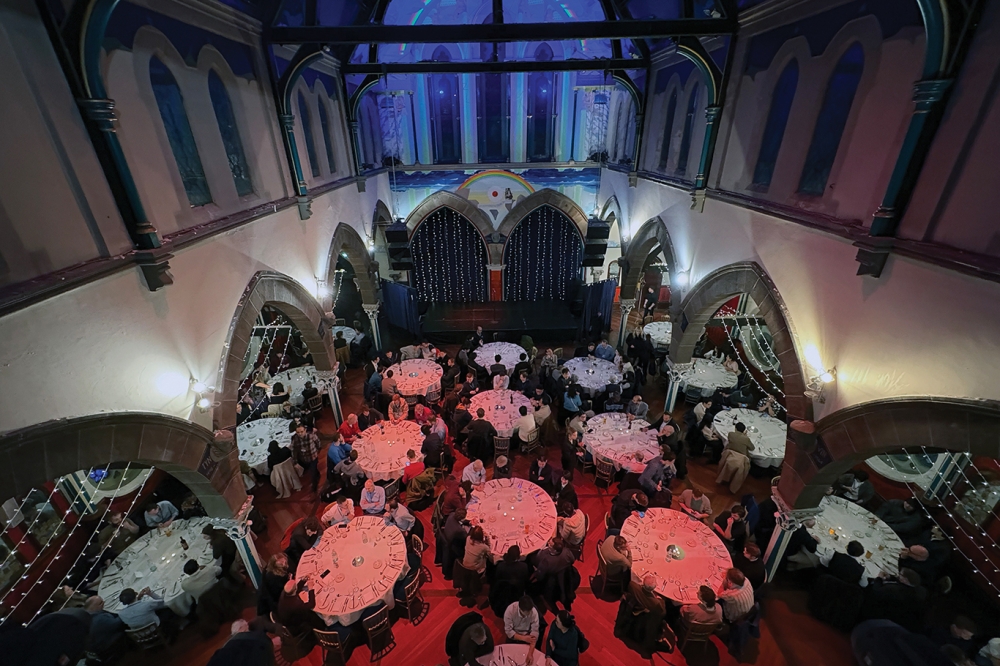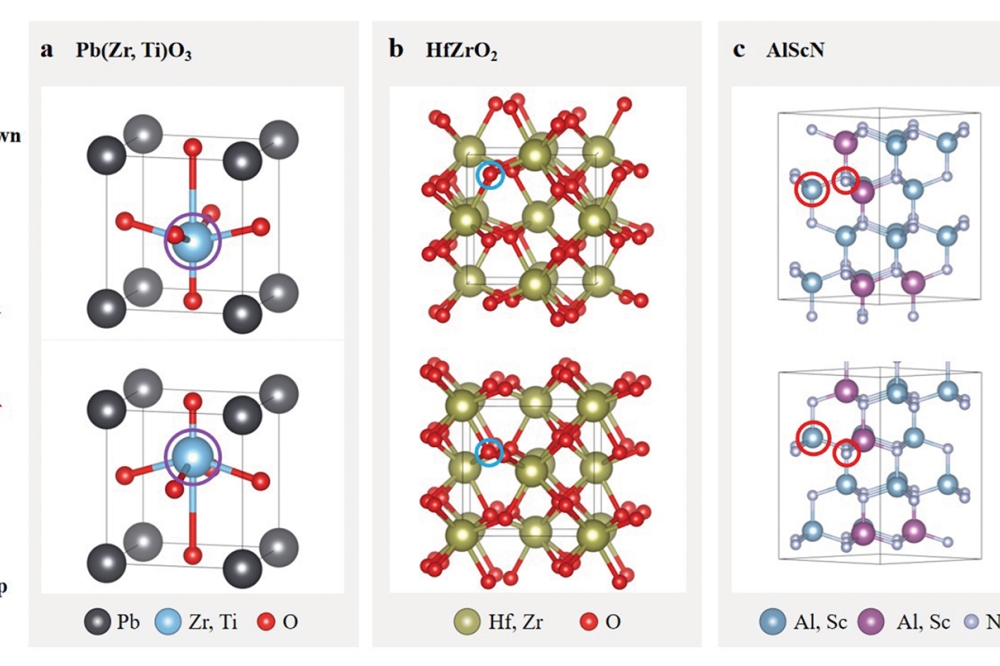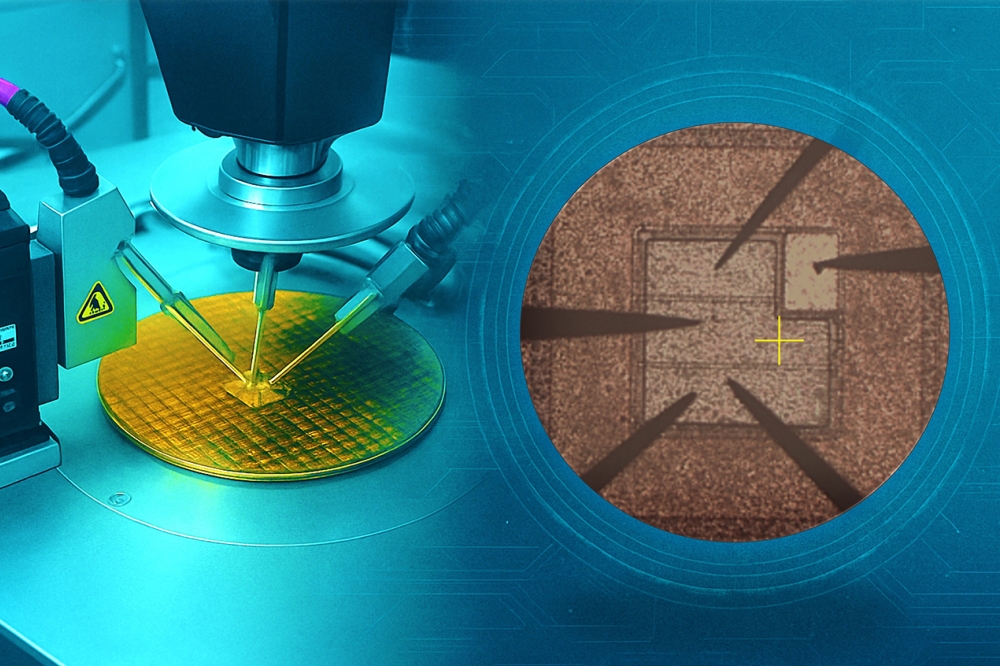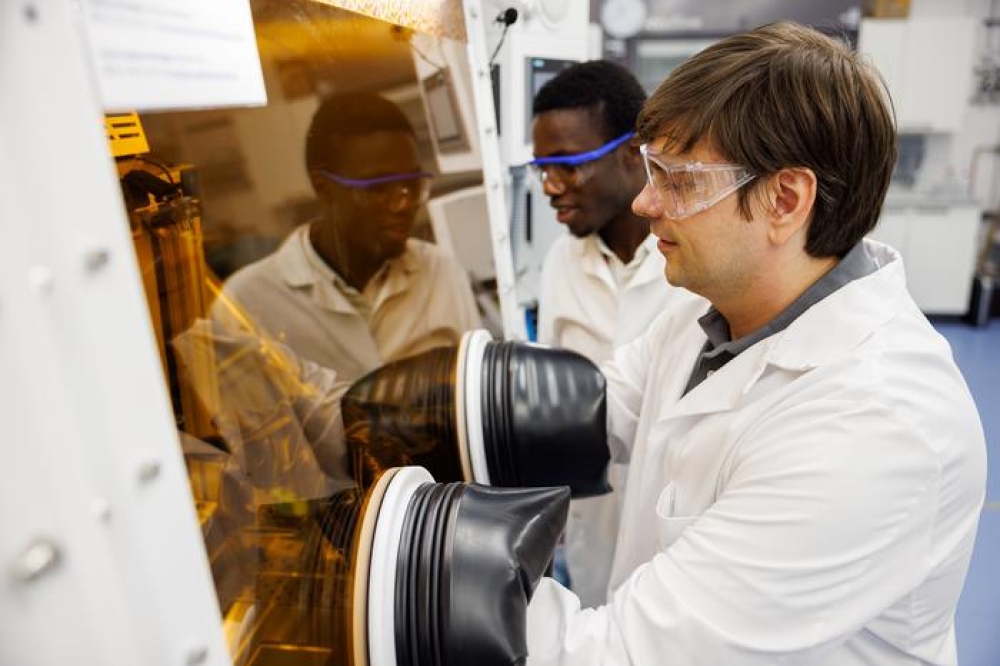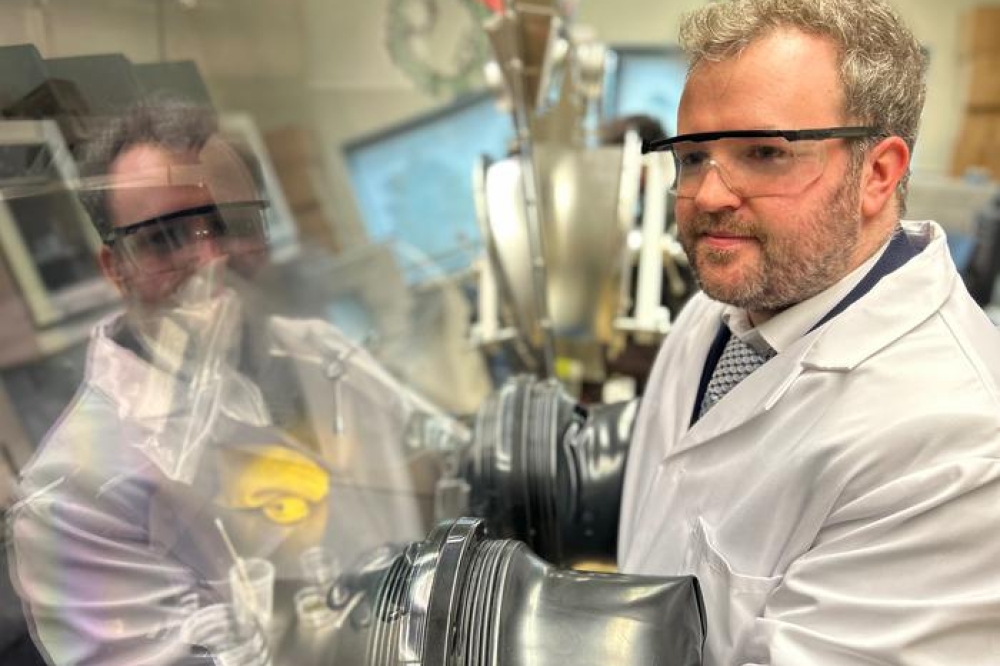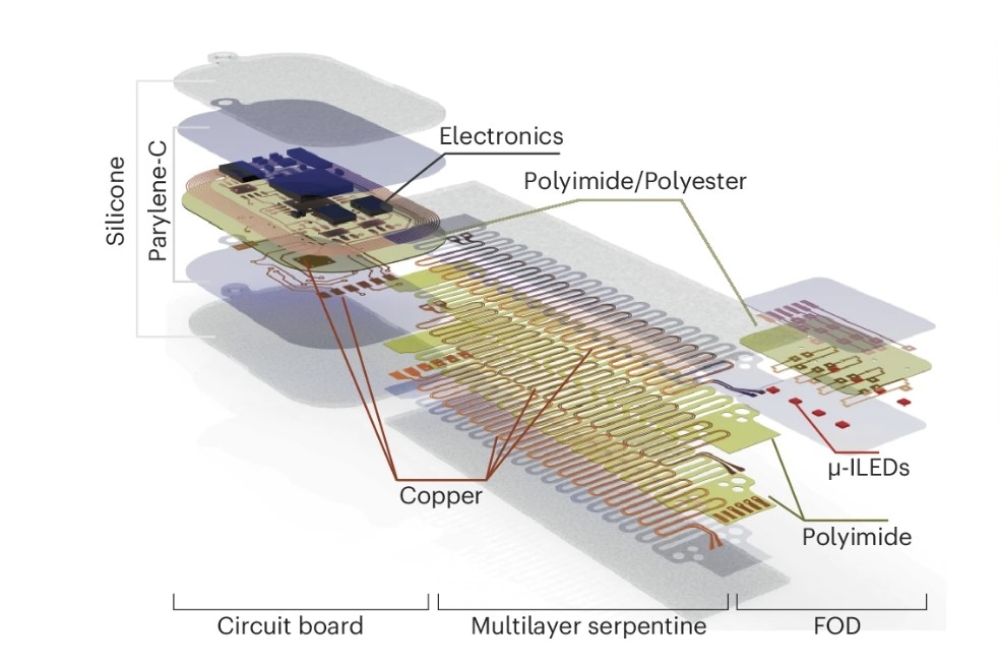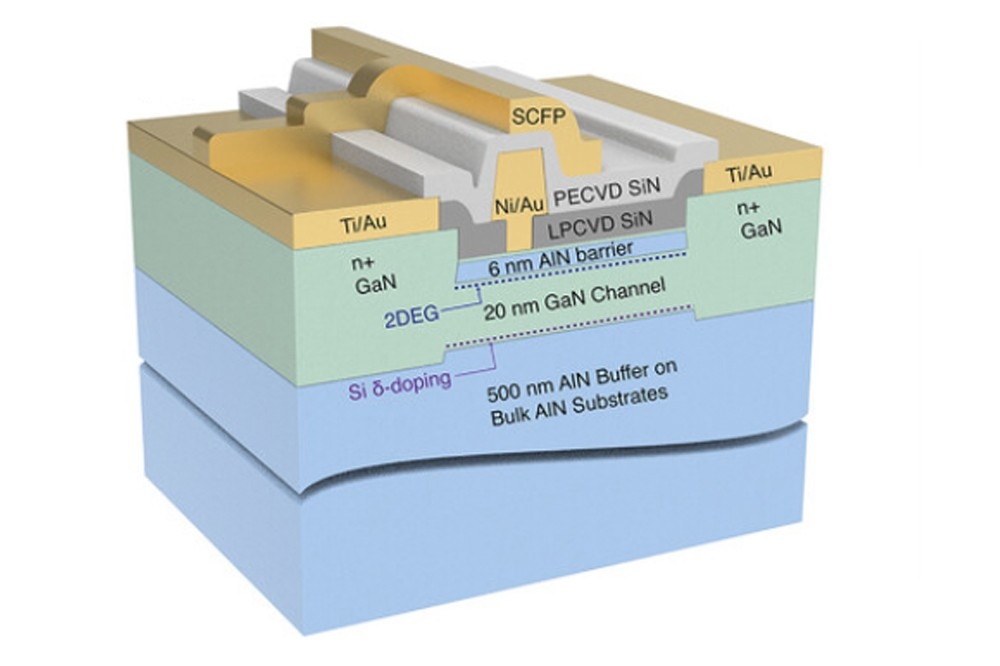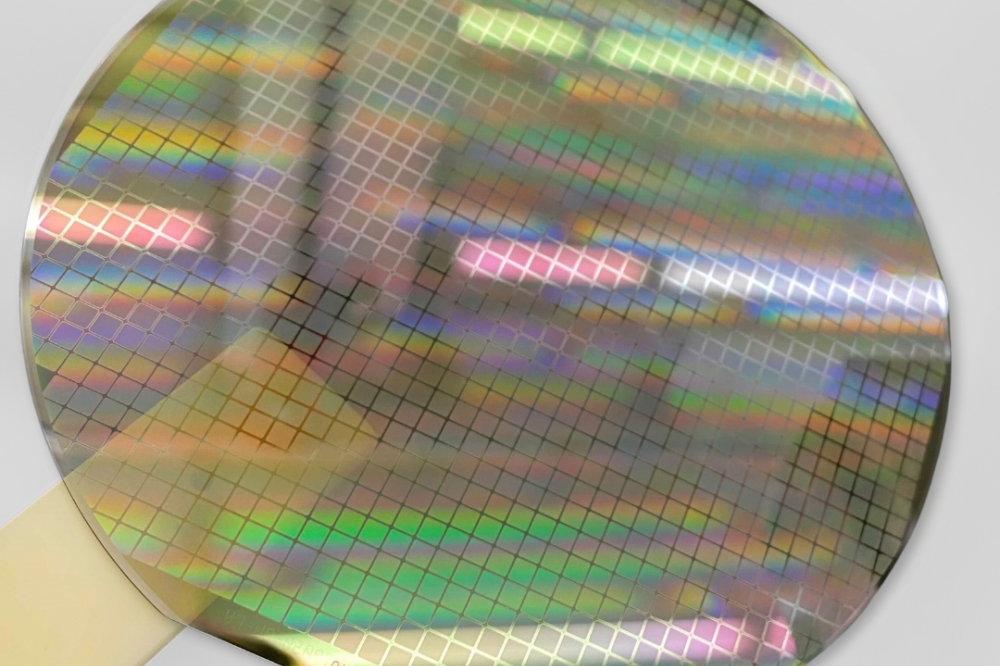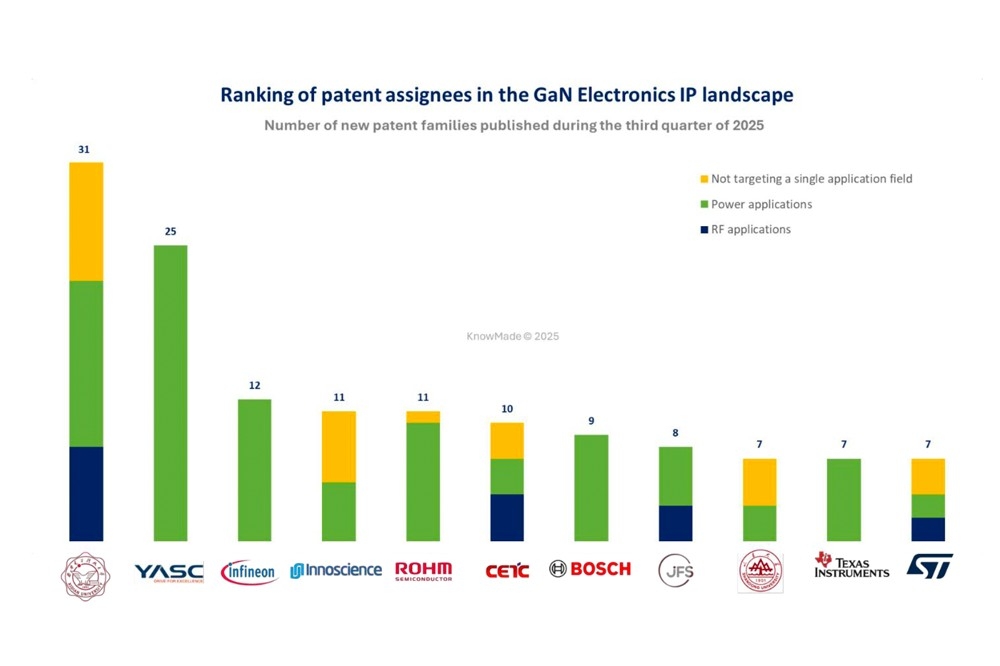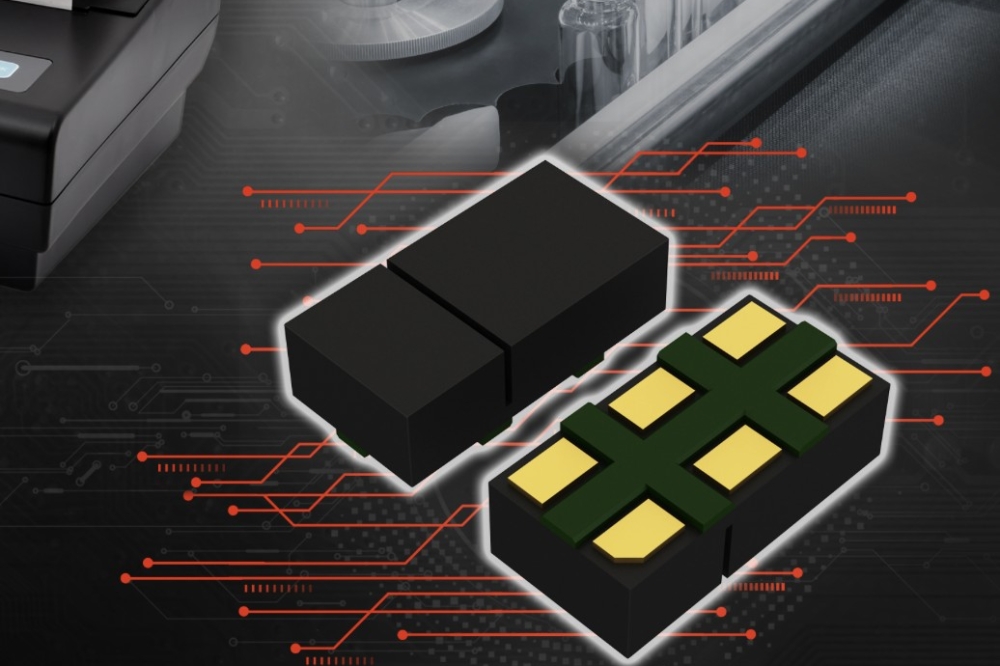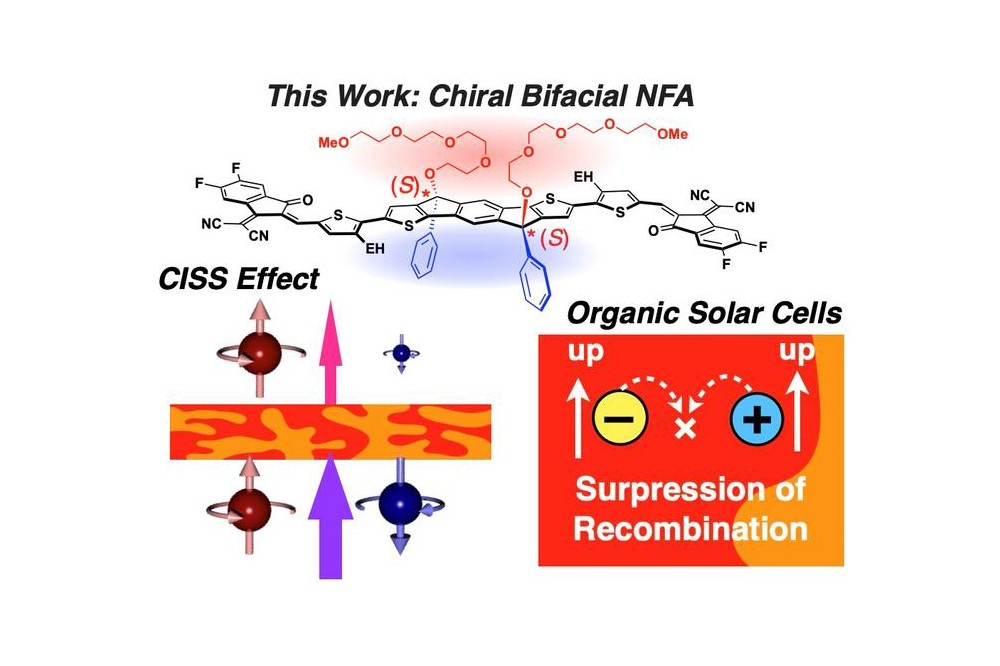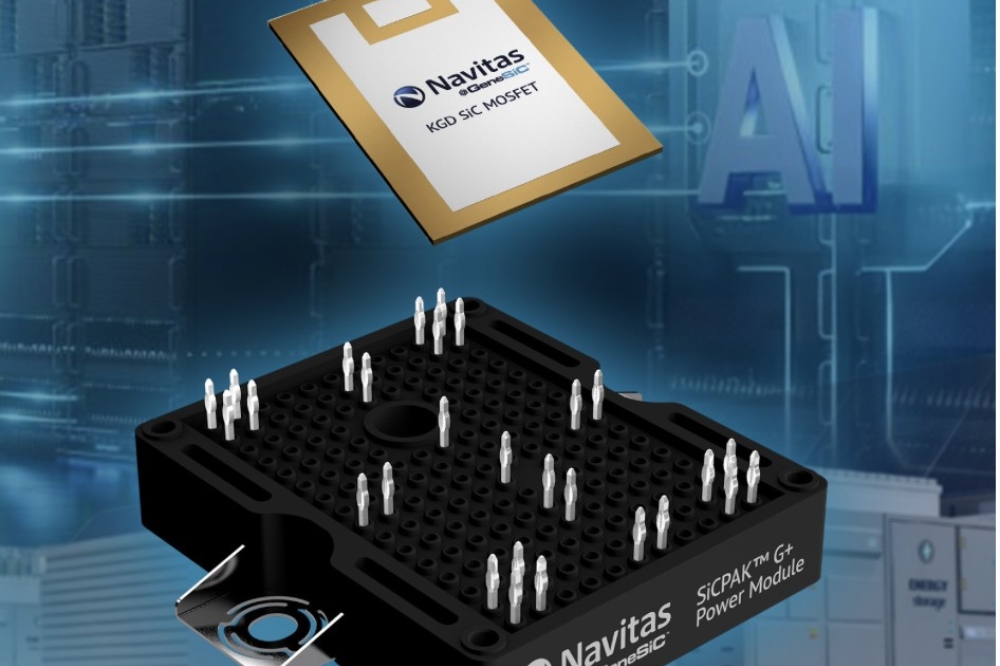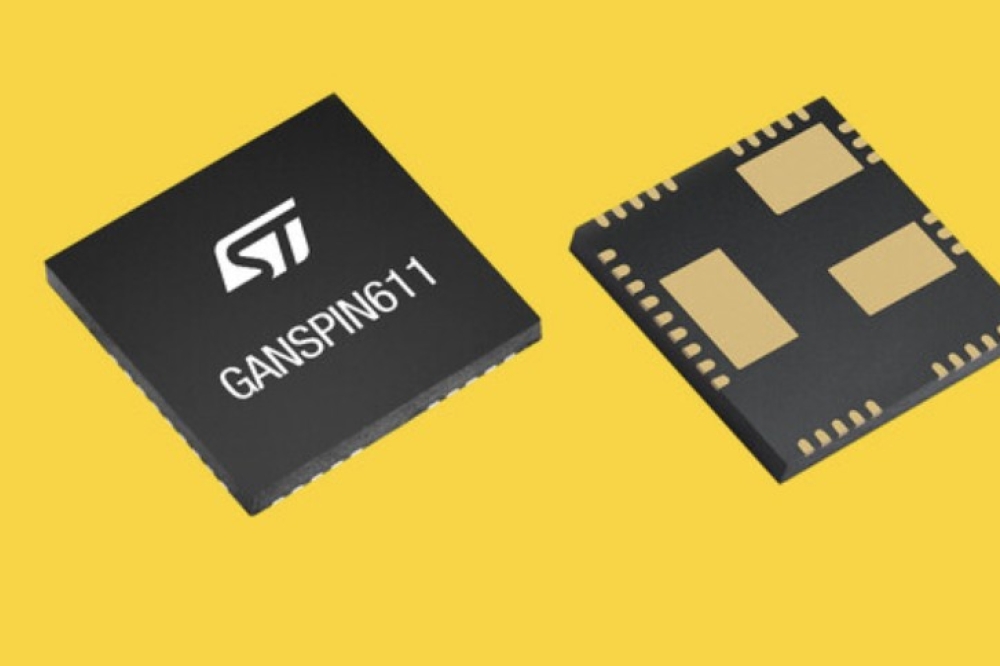Meta reveals LEDos-based AR glasses prototype
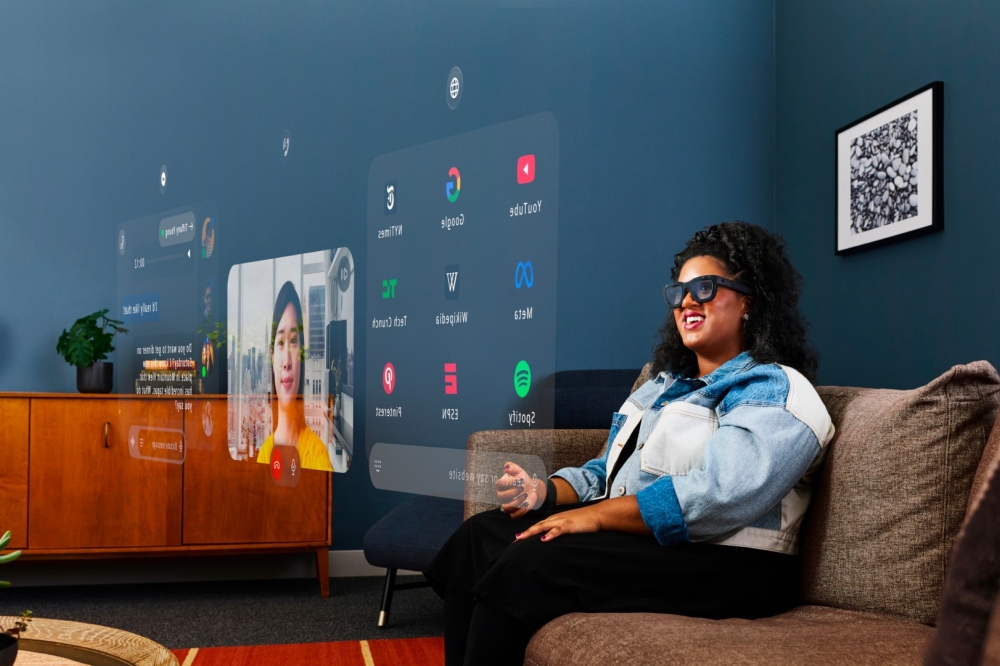
Meta has just unveiled its first-ever full-colour AR glasses, Orion, at Meta Connect 2024. The glasses are based on LEDoS (silicon-based Micro LED) technology and weigh just 98 grams.
According toTrendForce’s recent analysis, 2024 is set to be a crucial year for leading brands venturing into the near-eye display market within the metaverse. Nevertheless, Meta’s AR glasses are still struggling to achieve an optimal balance between field of view (FOV) and resolution, as well as developing a more robust application ecosystem. It’s predicted that these devices may not be commercially available until after 2027.
The Orion AR glasses, unveiled at Meta Connect 2024, come equipped with an array of sensors. TrendForce’s findings reveal that the optical design incorporates a diffraction-type waveguide made from SiC, combined with JBD’s three-panel full-colour LEDoS technology to achieve a 70-degree FOV.
While Meta’s Orion is positioned as their first consumer-facing AR product, the prototype is primarily intended for developers and testers, with no plans for mass production yet.TrendForce says several hurdles need to be overcome before large-scale production can commence.
Key challenges include the steep costs associated with LEDoS micro-display panels and resolution constraints linked to SiC waveguides. This material, often utilised in military radars and sensors, is also subject to export limitations, which will further escalate production costs, pushing the price of each unit to nearly US$10,000. Additionally, the device’s battery life is capped at just two hours, indicating a need for improvements.
TrendForce emphasises that AR devices, thanks to their lightweight and compact nature, are viewed as perfect candidates for AI integration. LEDoS technology aligns well with the requirements of AR—offering high brightness, miniaturisation, and low power consumption—and makes it a pivotal technology for the future of AR. If advancements in full-colour LEDoS solutions can be achieved through vertical stacking or colour conversion, it could emerge as the leading technology for AR glasses.
The shipments of Apple’s Vision Pro VR/MR headset in early 2024 failed to meet market expectations, primarily due to its steep price point. Meanwhile, Meta’s Orion AR glasses are currently aimed solely at developers. For Meta to effectively enter the consumer market, it must find a better equilibrium between FOV and resolution while also boosting its application ecosystem.
TrendForce predicts that Meta’s consumer-oriented AR glasses may not debut until after 2027. Nevertheless, with increasing backing from major brands and a faster pace of application development, the production of more advanced and affordable devices is expected to commence between 2026 and 2027—potentially paving the way for a major advancement in head-mounted displays.
TrendForce’s 2024 report on near-eye displays forecasts that the AR device market will hit 25.5 million units by 2030, with LEDoS technology projected to capture 44 percent of the market as it establishes itself as the leading solution.





